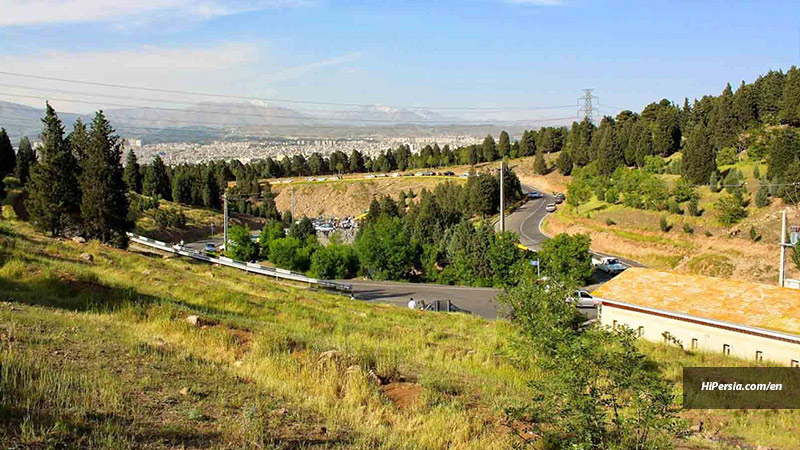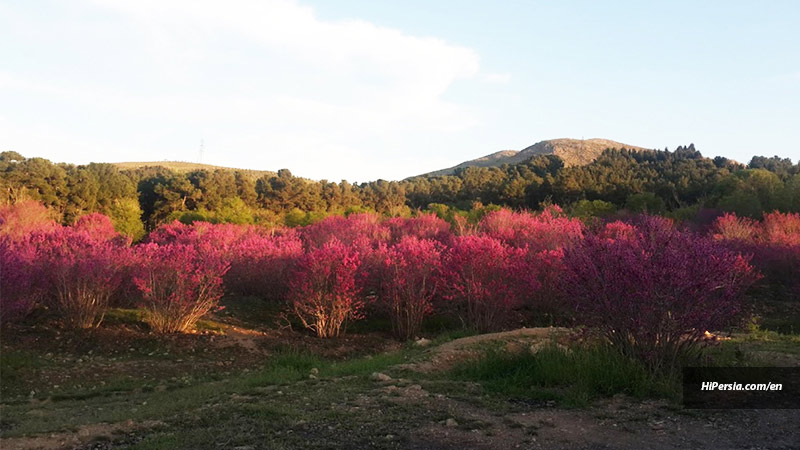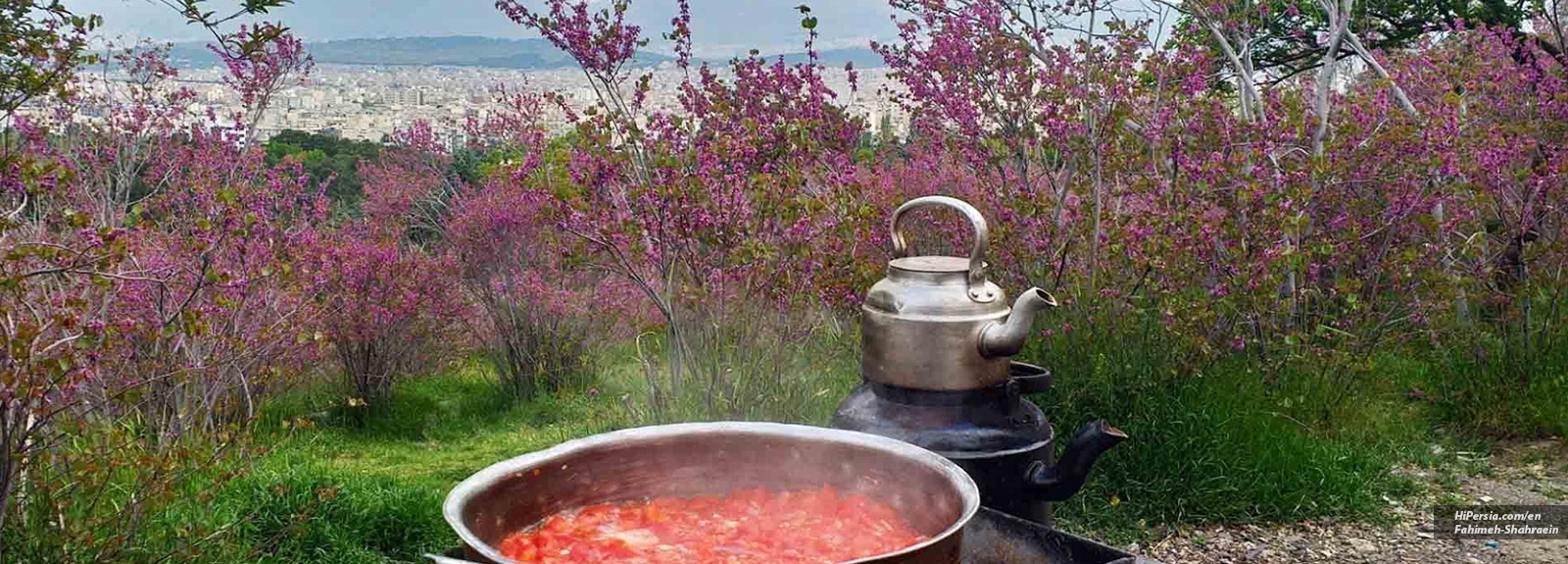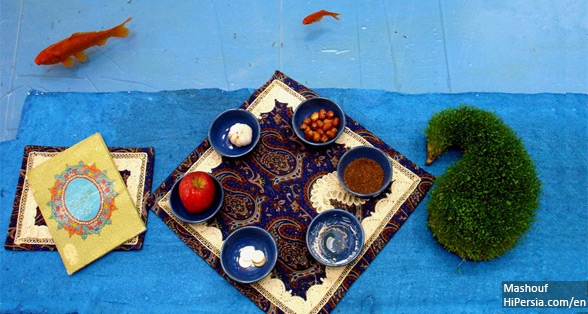The Sorkheh Hesar National Park is one of the oldest protected areas and dates back to the Qajar period. It is one of the capital's promenades.
After the city of Tehran was selected as the capital of the country during the Qajar period, Sorkheh Hesar National Park was protected as a royal hunting ground. This park is one of the oldest hunting grounds in Iran that became a park about two hundred years ago. This park is situated in the east of Tehran Because of the vast area of this park, it has a variety of facilities and has become one of the recreation centers.
The Sorkheh Hesar National Park has several rare and valuable natural ecosystems such as steppe, grove, mountainous, and plain.

- What species live in Sorkheh Hesar National Park?
Adequate water resources, a lot of shelters, and vegetation tailored to the species' needs have provided a good habitat in Khojir, Sorkheh Fence National Parks, and Jajrood Protected Area. The animals live in this park such as Wild goat, rams, Central Alborz ewes, deer, boars, Leopards, hyenas, red foxes, jackals, wildcats, squirrels, and rabbits. The indicator species of this area is the Desert monitor. Of course, there are other important species in this park, such as the western Greek tortoise, which, in addition to being protected, is classified as vulnerable in the IUCN. Other important species, such as Vipera ursinii, Pseudocerastes, Monitor lizard, are listed in the IUCN as endangered.
Birds of Khojir and Sorkheh Hesar National Parks and Jajrood Protected Area are 115 species that form 22.6% of Iran's birds. Birds in the Sorokheh Hesar include gray herons, night herons, Bitterns, Great egret, Mallard, Gadwall, Eurasian teal, Northern shoveler, Northern pintail, Osprey, Kite, Eurasian sparrowhawk, Northern goshawk, golden eagle, eastern imperial eagle, Common buzzard, Vulture, Cinereous vulture, Kestrel, Saker falcon, Barbary falcon, Falcon, Sandpiper, and Woodcock.
Protected and endangered species of this park include leopard, Gazelle, Bezoar ibex, Ovis Orientalis.

- Plants of the Sorkheh Hesar National Park
This park has a variety of trees, shrubs, grasses, and lichens related to the climate. In Sorkheh Hesar Park, some plant species are great in terms of ecological, conservation, medicinal, and industrial value. A number of these species have been recorded in rare and extinct plants. This park consists of numerous plants, and as yet about 32 plant units and 52 different families have been identified.

- What is the best time to go?
The Sorkheh Hesar park climate is semiarid, and the temperature difference of the day and night is high. If you are planning on going to this international park, we recommend coming to this park in spring and especially in May because you can experience the best weather.
-
- Getting there?
The Sorkheh Hesar National Park is located east of Tehran. You can access the park through Zain-od-din Hwy. Remember, don't choose the rush-hour traffic to get to this park because you will be in trouble.


















